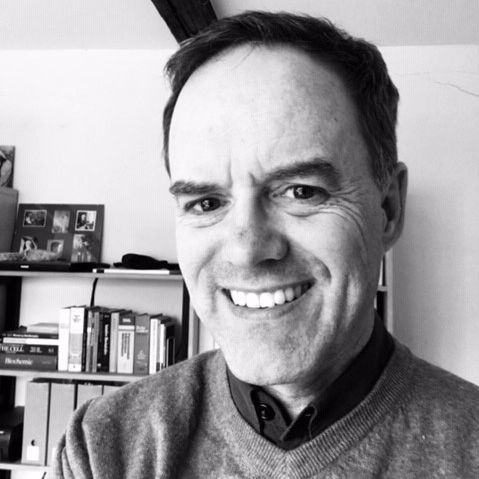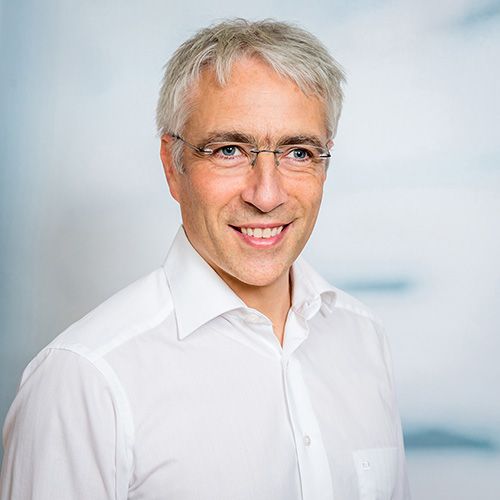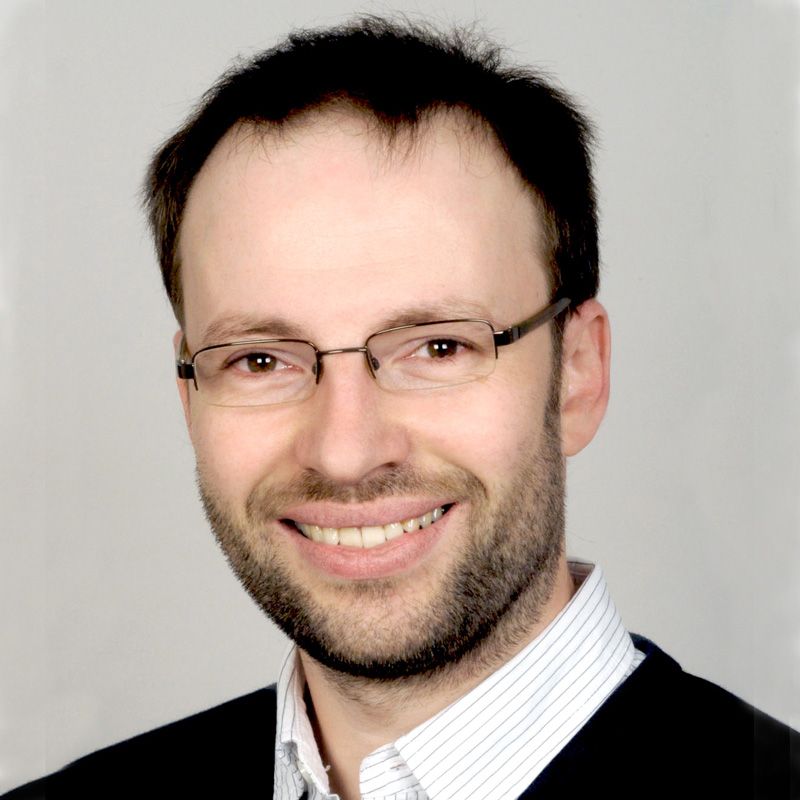varvis® webinar
Pushing the boundaries:
The limit of detection in NGS liquid biopsy
Presented by:

NGS laboratories must comply with numerous regulations and guidelines, and strive, at the same time, to deliver the best possible analytical procedures. In this webinar our three speakers will showcase the latest advancements in NGS liquid biopsy technologies and demonstrate how these novel assays can be properly validated and tailored to the specific use case.
Interested in more?
Learn more about
NGS solutions from Agilent for clinical applications
Dr. Andreas Polten, Agilent
In the clinical space, NGS applications requires specific demands so Agilent address them with a complete portfolio. Dr. Andreas Polten will show how the SureSelect XTHS2 library preparation kit combines the latest features like dual indexing combined with dual molecular barcodes plus a high conversion efficiency to bring both high sensitivity and specificity to a variety of application including liquid biopsy.
Reconciling regulation and innovation with standardized software
Dr. Ben Liesfeld, Limbus Medical Technologies GmbH
Genetic testing laboratories must comply with numerous regulations and guidelines. As a medical device software, varvis® has been designed from the start to aid in the diagnosis of patients. The varvis® Validation Service ensures that the analytical performance of our customers' assays meet recognized standards. varvis® also provides various features that facilitate and automate quality control as required by international guidelines.
Matching analytical performance and clinical utility
Dr. Denny Schanze, Institute of Human Genetics, Otto-von-Guericke University of Magdeburg, Germany
In search of the best toolset for liquid biopsy using NGS, Dr. Schanze evaluated and validated different molecular barcoding technologies. He will provide details regarding the various steps in the validation process. In the end, he was able to select the optimum assay design for highest sensitivity and precision at the desired limit of detection, while keeping the assay cost-efficient for routine diagnostics.
OUR SPEAKERS
Dr. Andreas Polten, Agilent

Dr. Andreas Polten holds a PhD in Molecular Biology from the University of Göttingen in Germany. He has been with Agilent for more than 20 years, covering the Genomics portfolio including NGS related products. He is currently part of the NGS Clinical Workflow team for oncology market solutions as a Business Development Manager and is responsible for interacting with key opinion leaders in the clinical customer space, in order to facilitate the development of future products for NGS related clinical applications.
Dr. Ben Liesfeld, Limbus Medical Technologies

Dr. Ben Liesfeld is Co-Founder and Managing Director of Limbus Medical Technologies, a medical software company whose mission is to support and facilitate genetic diagnostics. A physicist by training, he co-invented computer guided laser surgery devices for ophthalmology. When accepting a position in a clinical laboratory in 2013 he learned about the huge potential and the challenges of diagnosing rare diseases using NGS. This led him to create an independent enterprise to leverage software and real-world evidence in order to solve the puzzles of genetic diseases.
Dr. Denny Schanze, Institute of Human Genetics, Otto von Guericke University of Magdeburg, Germany

Dr. Denny Schanze has a background in molecular medicine and a PhD in human genetics, which he both obtained at the Friedrich-Alexander-University of Erlangen. Since 2010 he is working as a scientist at the Institute of Human Genetics at the University Hospital of Magdeburg, where he is the Head of Array and NGS laboratory and successfully established NGS and exome analysis in clinical routine.